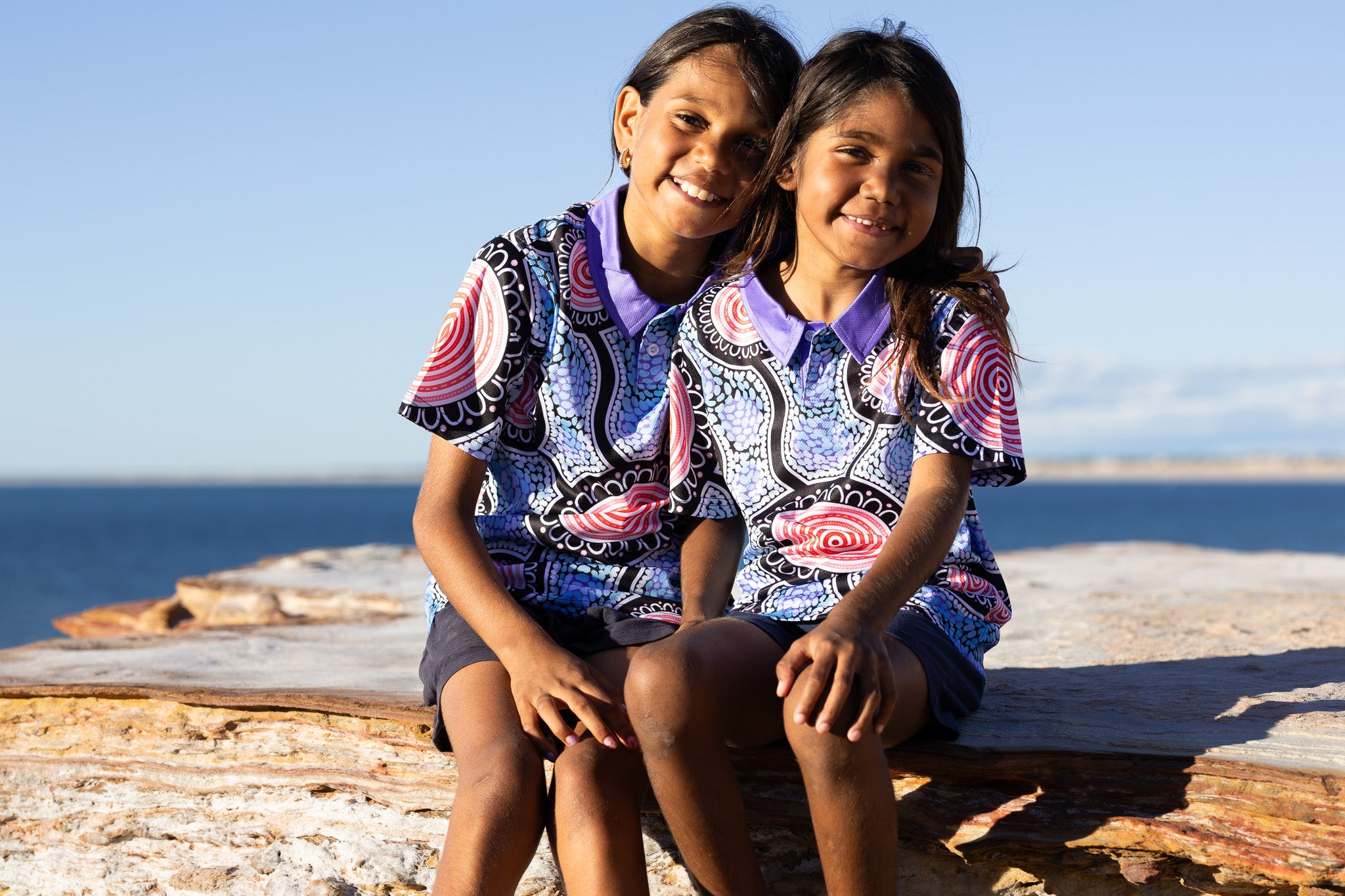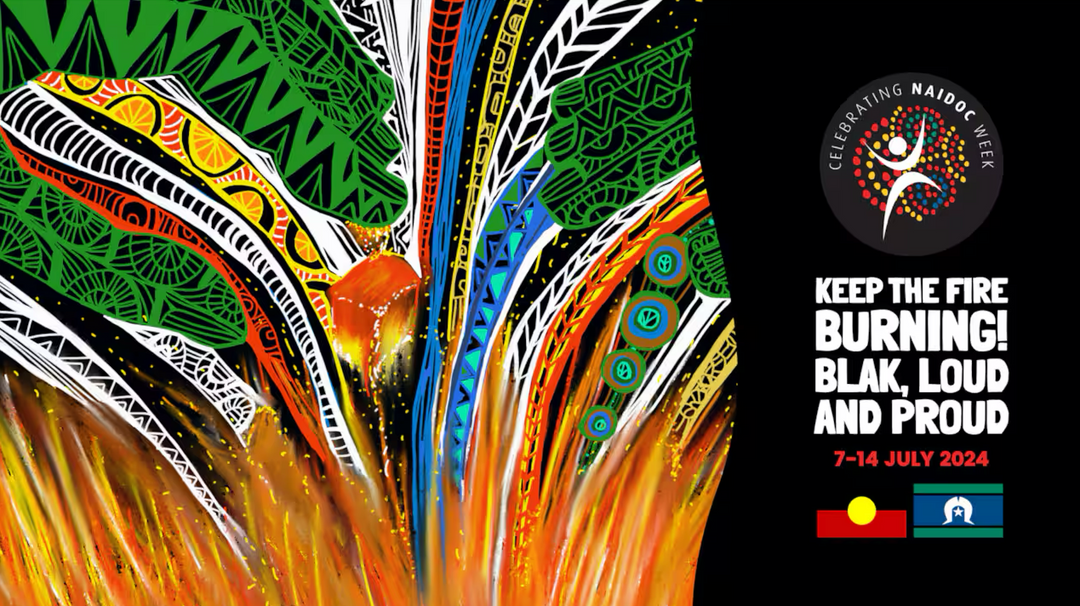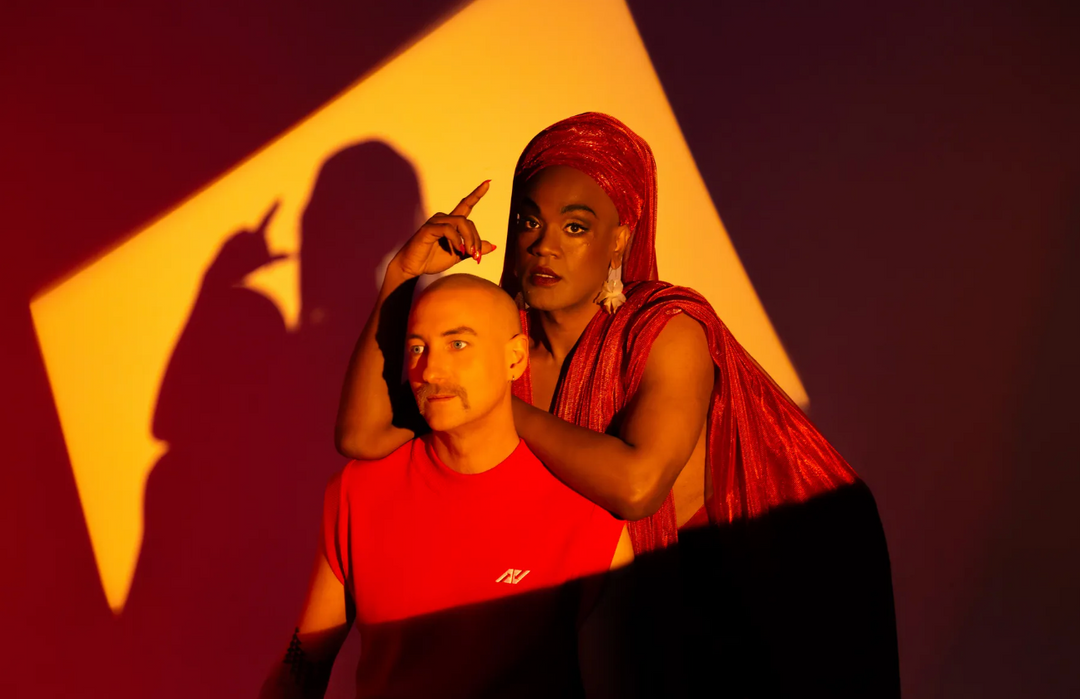Language is not just a means of communication but a profound expression of identity and heritage. This year's NAIDOC theme, "Keep The Fire Burning! Blak, Loud and Proud," has ignited curiosity and conversation, particularly around the distinctive spelling of the word 'Blak.' Let's delve into the history and significance of this term and its unique spelling, shedding light on its roots and the powerful statement it makes in contemporary Indigenous Australian discourse.
The term 'Blak' traces its origins back to 1994, attributed to the creative vision of Aboriginal artist, broadcaster and political activist, Destiny Deacon. Deacon, an influential figure in the art world, sought to reclaim and redefine the word 'black' from the derogatory labels and misrepresentations imposed by non-Indigenous people. This reclamation was a bold assertion of Aboriginal identity, distinct from the coloniser's narrow and often negative portrayal of Aboriginal Australians.
Deacon's advocacy for 'Blak' was first manifested in the exhibition titled "Blakness: Blak City Culture," curated by Hetti Perkins and Claire Williamson. The choice of 'Blak' was a symbolic yet potent act of taking control over the language used to describe Indigenous peoples, stripping away the pejorative undertones often associated with 'black.' As early as she could remember, Deacon was often confronted with derogatory terms from white people - a phrase she heard carelessly thrown around a lot was “black c - - - s”. Motivated by a desire to transform this narrative, she ingeniously altered the spelling of 'Black' to 'Blak', effectively removing the offensive connotations associated with the term. Deacon's initiative in removing the 'c' from 'black' was about challenging and transforming the narrative around Indigenous identity.
Over the years, 'Blak' has evolved to encompass more than just an urban Indigenous experience. It has become a term that differentiates the unique experiences of Indigenous Australians from the broader racialized experiences of other communities of colour. Moreover, 'Blak' carries connotations of an actively engaged, critical-political consciousness, reflecting a dynamic and evolving Indigenous identity.
The adoption of 'Blak' is also a testament to the power of language in shaping perceptions and fostering a sense of pride and belonging. By embracing 'Blak,' Indigenous Australians assert their agency in defining their identity on their own terms, challenging stereotypes, and celebrating the richness of their cultures.
In the context of this year's NAIDOC theme, 'Blak' is not just a word but a declaration of resilience, pride, and ongoing resistance against colonisation and its lingering effects. It is a reminder of the strength and vibrancy of Indigenous cultures, and the importance of keeping the fire of heritage, language, and identity burning brightly for generations to come.
As we reflect on the significance of 'Blak,' let us recognise the power of language in both its capacity to harm and to heal. By understanding and respecting the choices Indigenous communities make in defining themselves, we contribute to a more inclusive and equitable dialogue. 'Blak,' loud, and proud is not just a theme for a celebration but a call to action for all of us to listen, learn, and support the ongoing journey of Indigenous empowerment and recognition.
In embracing 'Blak,' we are invited to engage with Indigenous cultures in a way that respects their autonomy and celebrates their enduring strength and diversity. Let's keep the fire burning, not just during NAIDOC week but in our everyday actions and interactions, honouring the rich tapestry of Indigenous cultures and their invaluable contributions to our shared national identity.
Sources:
-
Reconciliation Australia. "Blak, Black, Blackfulla - Language is important, but it can be tricky." Reconciliation Australia.
-
Munro, Kate L. "Why 'Blak' not Black?: Artist Destiny Deacon and the origins of this word." SBS NITV.
-
Museum of Contemporary Art Australia. "Destiny Deacon." MCA Australia.









